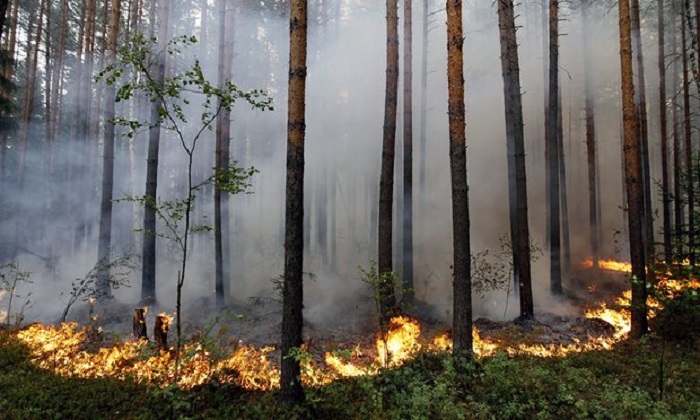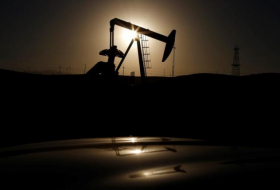While the recent forest fires around Fort McMurray, Canada, destroyed more than 580,000 hectares, those in Russia have burned up to 3.5m hectares since the start of 2016, according to Greenpeace Russia. It said at least 1m hectares were in flames at the end of May in the country, which is home to the largest forests in the world.
Greenpeace warned that Russia’s catastrophic fire seasons of 2010 and 2012 could soon be repeated due to the impact of global warming and the lack of firefighting resources. The extreme Russian heatwave of 2010 was made three times more likely by climate change, costing the nation $15bn, and the frequency of forest fires there has increased 30-50% in the last 20-30 years.
But the official statistics paint a far rosier picture. The head of the federal forestry agency told state news agency RIA Novosti last week that only 669,000 hectares have been burned by forest fires in Russia this year, more than last year. That same day, the head of the emergencies ministry told president Vladimir Putin that the burned area was smaller this year.
The forestry agency bulletin for 10 June reported a mere 6,306 hectares of current fires across the entire country.
Although its analysis of publicly available Russian and US satellite photographs could have a margin of error of 20% - clouds and smoke can obscure fires - this does not account for the large discrepancy with official figures.
Alexei Yaroshenko, head of the forestry programme at Greenpeace Russia, blamed chronic underreporting of the size of forest fires by local officials. That in turn leads to firefighting delays and the allocation of less state funding to tackle the problem in the future.
“The truth is needed so they’ll get ready for next season better than they did for this season,” said Yaroshenko.
Alexander Krylov, an expert in the remote sensing of forest fires at the University of Maryland in the US, said 3.5m hectares this year was likely to be accurate. Even the federal forestry agency’s online monitoring system reveals fires across far more territory than reported in its statistics, including large fires in the Kamchatka, Buryatia and Irkutsk regions.
Agency spokesman Svyatoslav Neklyayev said the figures it gives are lower because they include only fires outside “zones of control,” which are areas far from human settlements and infrastructure that regional governments designate as low priority for firefighting. Neither the bulletins or statements mention any such distinction.
The agency did not respond to requests for estimates of the total area burnt by forest fires in 2016.
The discrepancies appear to be part of a larger trend. WWF forestry expert Alexander Bryukhanov said under-reporting meant that the annual extent of forest fires in the US and Canada are regularly double that in Russia, which has twice as much forest. He said differences in monitoring approaches - some areas are observed from the ground, some from the air, and some from space - are compounded by officials’ fear of retribution if they report high forest fire statistics for their region.
“Regions choose the figure that’s comfortable, the smallest one, and this creates a problem, because they don’t do enough to fight the fires until they have grown very large and hard to deal with,” said Bryukhanov.
Regional governments and forestry authorities under-reported forest fire sizes in the Amur region in 2012, the Karelia region in 2013 and the Irkutsk region in 2014. Federal forestry agency deputy head Nikolai Krotov told Kommersant newspaper in May that it was concerned with discrepancies in forest fire reporting in the several regions. “We’re not ruling out that political factors can exist, subjective factors, when information is somehow presented in a different way externally,” he said.
Understating the extent of wildfires delays assistance from other regions and can even lead to human casualties. In April 2015, fires in Zabaikal destroyed villages just outside the regional capital of Chita, as captured in a viral video of cars escaping between erupting columns of flame.
Russia’s national investigative committee later said 11 people had been killed and more than 30 injured in the fires in the region. The natural resources ministry found regional dispatcher services had under-reported the size of the Zabaikal fires by 40,600 hectares.
In addition, forestry reforms in 2006 have led to less funding for fire fighting, Yaroshenko said, arguing that federal forestry funding is a tenth of what is needed. More than 17,000 people have signed Greenpeace’s online petition against the reforms.
The increase in fires also creates more smoke, which can blow into major cities like it did in 2010, causing respiratory illnesses and deaths.
More about:
















































